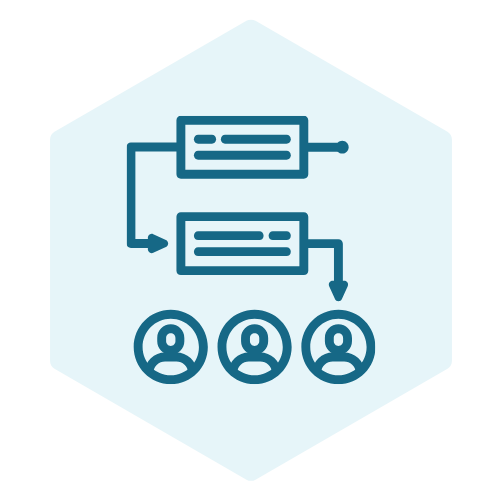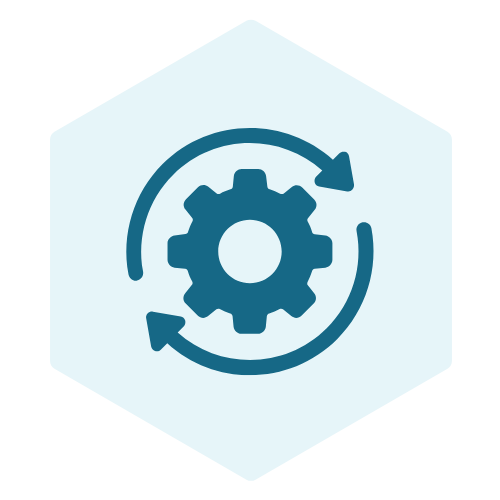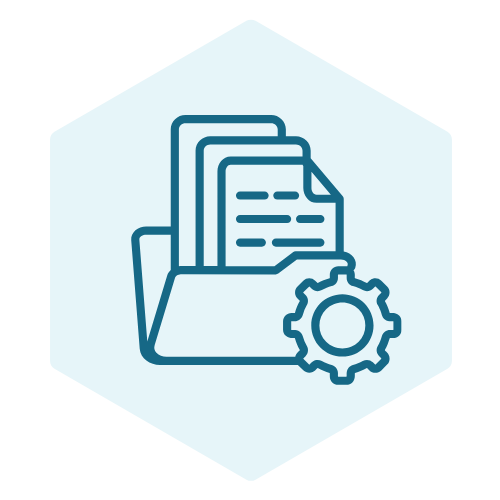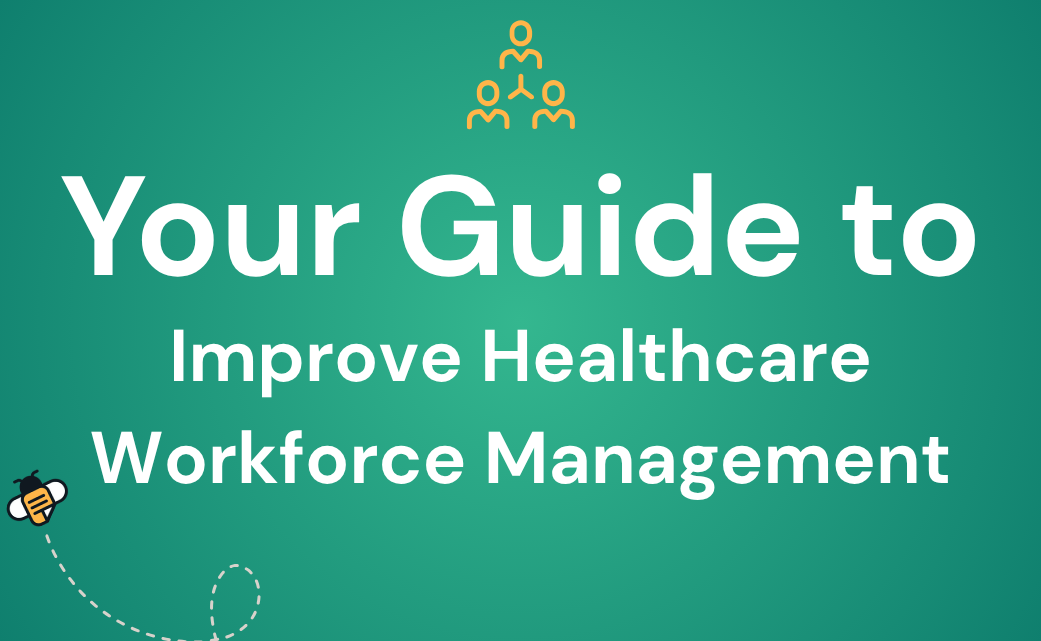“Process…underpins the ability…to actually do the lawyering on a day-to-day basis.” – Chris Hargaves, A Day in the Life of a Lawyer
As much as we all wish we were Jack McCoy in Law & Order, a growing legal practice’s daily reality is just as process-driven as any office job. And the larger a firm gets, the more crucial it is to ensure its workflows go off without a hitch.
Firms that establish scalable, well-run task management at the outset reap enormous benefits. They save time, maximize resources, and prevent serious lapses that could result in litigation, reputational damage, and lost clients.
But when it isn’t mind-numbing, keeping up with legal workflow minutiae can be truly overwhelming. So how can law firms make sure their processes run like a well-oiled machine – without drowning in administrative work?
Challenges in Law Firm Task Management
A law firm’s success or failure rests on how well it can securely keep track of documentation and coordinate daily tasks. Some of the most-cited tasks lawyers say they have to manage daily include:
- Legal research
- Drafting and revising legal documents
- Coordinating project subtasks with colleagues
- Meeting critical deadlines
- Fitting changing client needs into existing priorities
- Communicating with clients and stakeholders
- Managing time between deep-focus work and smaller administrative tasks
Dropping the ball at any point might mean missed deadlines, lost documentation, dismissed legal cases, angry clients, or noncompliance and legal malpractice charges.
In 2023, a murder case was delayed because of evidence mishandling by the Macon District Attorney and Sheriff’s Offices. A similar case was officially dismissed that same year due to the DA’s missed deadline. In 2022, law enforcement complained of the Multnomah County DA’s apparently haphazard approach to charging cases. An independent consultancy reviewing the communication problems recommended standardizing the case review template.
In each of these situations, more reliable and secure task management might have helped to avert the crisis.
Strategies for Effective Legal Task Management

As a firm grows, so does the urgency of having a reliable workflow. What are the most efficient task management approaches for lawyers and growing law firms?
1. Prioritization and Planning
Project management matrices can help law firms structure complex priorities, ensuring nothing falls through the cracks. Here are a handful of the most effective.
The Eisenhower Matrix
This approach creates a quadrant based on tasks’ urgency and importance. After listing everything on their to-do list, lawyers can sort each one into four boxes:
- Urgent and Important – Do: Things like crises and looming deadlines that can’t be missed.
- Important but Not Urgent – Defer: Things that need to get done, without an immediate deadline.
- Urgent but Not Important – Delegate: Time-sensitive things that aren’t high-stakes.
- Neither Urgent nor Important – Discard: Things that can be missed and don’t have a deadline.
The MoSCoW Method
The MoSCoW Method also uses four sorting quadrants for tasks. Each quadrant stands for one of the capital letters in MoSCoW:
- Must Have: Tasks that absolutely cannot be missed.
- Should Have: Important tasks that could be put off, but not ideally.
- Could Have: Nice-to-haves that can be put off or missed if needed.
- Won’t Have: Items that simply aren’t a priority.
The 1-3-9 method can be used to schedule items once they’ve been sorted. For every day, plan one Must Have, three Should Have, and nine Could Have tasks.
Getting Things Done (GTD)
Developed by David Allen, the GTD method incorporates strong points from the above methods, but is more comprehensive. Sam Glover of Lawyerist boils the method down to three key stages:
- Collecting – Using inboxes (both digital and physical), collect everything that needs to be dealt with. Then, plan a time to go through it all.
- Sorting – At least weekly, go through every single inbox item and sort it. Sort actionable tasks into:
- Do now
- Delegated
- Do later
Sort all of the “do later” items into each day of the month. This can be done using manila folders or automated with workflow software.
- Completing – After breaking projects down into a list of actionable items, ensure there’s always an active “next item” from each project’s list. Use your regularly updated daily to-do list to get everything done on schedule.
2. Delegation and Team Collaboration
Delegation is a task management tool that perfectionists often overlook. And while perfectionism in law is a good thing, no firm will scale well without collaboration.
To ensure prioritization and workflows go off without a hitch, law firms can provide workflow tools that:
- Make it easy to work together on projects
- Show who’s assigned what
- Automate workflow, communication, and collaboration
3. Technology and Software Solutions
When looking for a software solution to undergird their legal task management approach, it can help to follow a few best practices:
- Evaluate your current system – What are its strengths and weaknesses? Where does it need to be improved or complemented?
- Quantify progress – Take note of concrete, quantifiable areas you want to make progress in and the legal task management features that would enable it.
- Compare solutions – Base your software comparison on the concrete needs you defined during your gap analysis. Shopping around without a clear list of necessary features and benefits can result in a less-than-optimal solution.
Every firm’s requirements are individual. Still, many deal with inefficiencies that can be addressed through automation and flexible document templates. Inefficiencies surrounding communication can be improved with a centralized platform, especially surrounding key tasks like signing documents.
Legal Workflow Optimization
Let’s say you’ve settled on a prioritization method and you’re looking into tools to support it. What are some key areas you should focus on as you seek to optimize your practice’s workflow?
1. Streamlining Legal Processes
The right workflow management processes and tools make it easier to identify bottlenecks and improve efficiency. This is something that’s crucial as a law firm scales, as inefficiencies will only be magnified.
Many bottlenecks are caused by a lack of delegation or resources, repeatable work, poor prioritization or time management, bad communication, or inefficient tools. All of these can be addressed through a robust workflow automation tool that integrates with your chosen task management method.
Look for a tool that’s flexible enough to support your team’s way of working, and allows you to save time by creating customizable templates for common document types.
2. Client Communication and Engagement
As a firm scales, the risks posed by inefficient client communication increase. The prioritization methods we discussed above can help – but again, they should be supported with effective tools. Look for solutions that keep important legal steps clear for clients by centralizing things. A good solution can allow clients to fill out paperwork and sign intake documents digitally in one place. It’s a big step up from email – more secure, quicker, and less likely to get lost. That scales a lot better than haphazard emails do.
3. Integration with Case Management
Integration across your firm’s processes is crucial in a reliable workflow automation tool. In particular, does your current solution integrate with your existing case management or customer relationship management (CRM) tools? This can be crucial to ensure workflows don’t miss any important updates and all teams remain on the same page. Look for a solution that offers API integrations with your CRM or case management apps.
Documenting Your Task Management
Any scaling law firm needs to thoroughly document its task management system. This helps the teams using it ensure they are getting the biggest bang for their buck (also known as ROI – return on investment). It also keeps teams on track and provides crucial records in the case of an audit.
1. Tracking Task Progress
As your firm grows, the ability to see task progress all in one place will become more and more important. Not only does it affect productivity – it could affect your reporting accuracy, too. Without it, important tasks can get stuck or overlooked, and it might be hard to demonstrate compliance if audited.
Keep this in mind when selecting a legal workflow management solution. Can you see or decide which tasks will be delegated, which depend on you, and which might be stuck? Does the solution provide a clear audit trail to ensure the firm stays in compliance?
2. Establishing ROI with Progress Markers
Many firms we speak to struggle to calculate a task management solution’s ROI. This is a big part of determining if a tool is right for your firm, getting budgetary approval for it, and fine-tuning it once it’s been implemented.
We recommend that firms start with setting up time-saving progress markers. Paralegal teams implementing the tool can establish a baseline by interviewing employees on how long key tasks take to complete. This can be bolstered with internal data from any existing task management tool and the teams using it.
Teams can establish a projected cost for this baseline time use. Then we recommend comparing it against your solution of choice, calculating anywhere it may save time and associated costs. The tool may offer savings via features such as automation, flexible document templates, task progress tracking, or centralized communication.
Docubee and Law Firm Task Management Software
As firms grow, they increasingly need their workflows to stay manageable, secure, and reliable. A flexible, customizable task management tool can pair powerfully with robust methods like Eisenhower, MoSCoW, or GTD to ensure nothing falls through the cracks.
With Docubee, law firms can scale confidently with:
- Automated client intake
- Customizable document templates
- Tamper-proof, compliant legal document storage
- Seamless API integrations with your favorite tools
- Customizable, automated workflows based on your preferred system
- Integrated document signing between you and your clients
- Clear audit trails and task progress visibility
Ready to fly through sensitive legal workflows and client communication? Schedule a demo now.


















